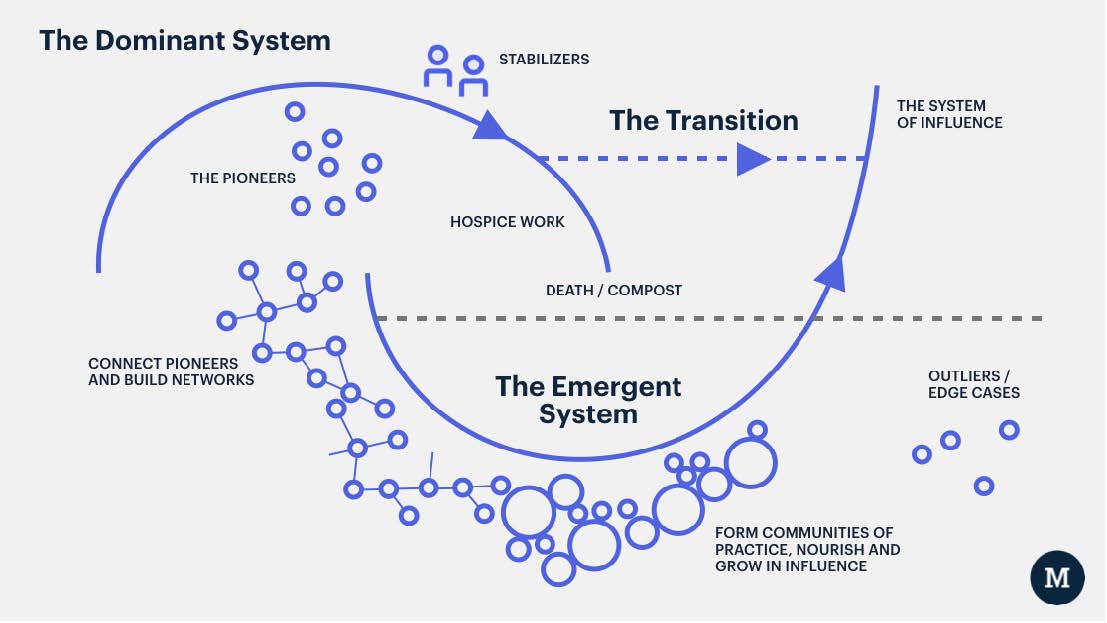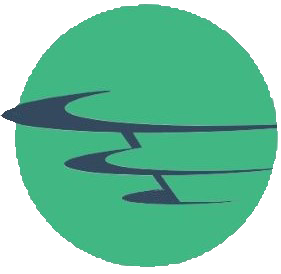 Barry António Costa-Pierce, May 19, 2025
Barry António Costa-Pierce, May 19, 2025I define ecological aquaculture as an alternative model that uses ecological principles as the fundamental organizing paradigm for the development of aquaculture. Ecological aquaculture plans for both economic and social profit and concerns for the wider social, economic, and environmental contexts of aquaculture by incorporating planning not only for the biophysical and technological aspects of aquaculture, but also for its allied social ecologies, multiplier and marketing benefits to communities, regions, and nations.
Sounds great, huh? So why hasn’t it happened in many countries wanting to expand aquaculture? Five reasons.
Reason #1: Globalization Rules. The globalization of seafood rules the day to today. Less expensive and more abundant imports of farmed tilapia, shrimp, salmon, and pangasius catfish, etc. dominate global seafood trade. And what’s there to stop it? Tariffs? Doubtful. Seafoods make more money along value chains, especially in countries where most seafoods are eaten in retail venues (e.g. restaurants), which is the case in the EU and North America. WTO agreements increase flows; trade barriers and tariffs fall.
Reason #2: Where’s my Beef? Most countries eat meat and very little seafood. For example, in the US, consumption of seafood is less than one fourth that of chicken or beef. But large, populated countries like the EU and US have very significant impacts on global seafood trade. The US has ~330 million people, the third largest after China and India, and although having a paltry per capita seafood consumption rate it is the second largest importer of fisheries products in the world after Japan.
Reason #3: Ignorance is Bliss. The world remains very poorly educated about seafood and aquaculture. The public is easily swayed by misinformation, as the seafood business is international, and is complex. If you are in a country where most of the seafood is consumed in restaurants, the white fish on your plate could be cod or tilapia or pangasius, and the server or the restaurant will do almost nothing to communicate to you in an informed way the origin, or the sustainability (or not) of it. Worldwide, this is what we get, misinformation and fraud. The result is more and more people avoid seafood altogether.
Reason #4: Paltry Government Support. Many nations want to accelerate aquaculture developments and have abundant natural and human resources to do so. The US is a case in point (I could give examples from the EU/elsewhere). In 1999, the US Department of Commerce established an aquaculture policy with the objective that within 25 years (around now...it is 2025) US domestic aquaculture production would grow to the point that it would offset the nation’s annual imbalance in seafood trade, double employment and export value of goods and services. Hasn’t happened. Why? Pitiful investment and R&D support, especially compared to agriculture. In 2025, it is worse. Contrast this with the investment and applied R&D support for aquaculture in nations as diverse as China, Vietnam, Turkey, Ecuador, South Korea, Egypt, Saudi Arabia, and Bangladesh.
Reason #5: Regulatory Nightmares Everywhere. The regulatory community is poorly informed about aquaculture. Most aquaculture decision-makers are trained in agriculture, environment or fisheries and have no formal training or experiences in aquaculture – many have never been on an aquaculture farm - so consult websites and NGOs for expert opinions. There are too many misinformed policies that lead to unnecessary uncertainties about aquaculture in countries. It should now be clear that THE EXPERTISE EXISTS to inform governments and agencies about who should control aquaculture and why; how the industry should be regulated; and how to build capacity at applied academic institutions, aquaculture extension services, etc. As a result, too many new and exciting aquaculture developments all over the world recreate the wheel of our past mistakes and do not leapfrog to what we know NOW. Aquaculture pioneers become regulatory guinea pigs and give up altogether or move to a place with nearly no regulatory capacity; both the environment and the people lose.
As a footnote, in 1897 the US Fish Commission developed a production manual for 40 species of fish and shellfish for aquaculture development (U.S. Fish Commission. 1897. A manual of fish-culture based on the methods of the United States Commission of Fish and Fisheries. Washington D. C. (reprinted by American Fisheries Society).



